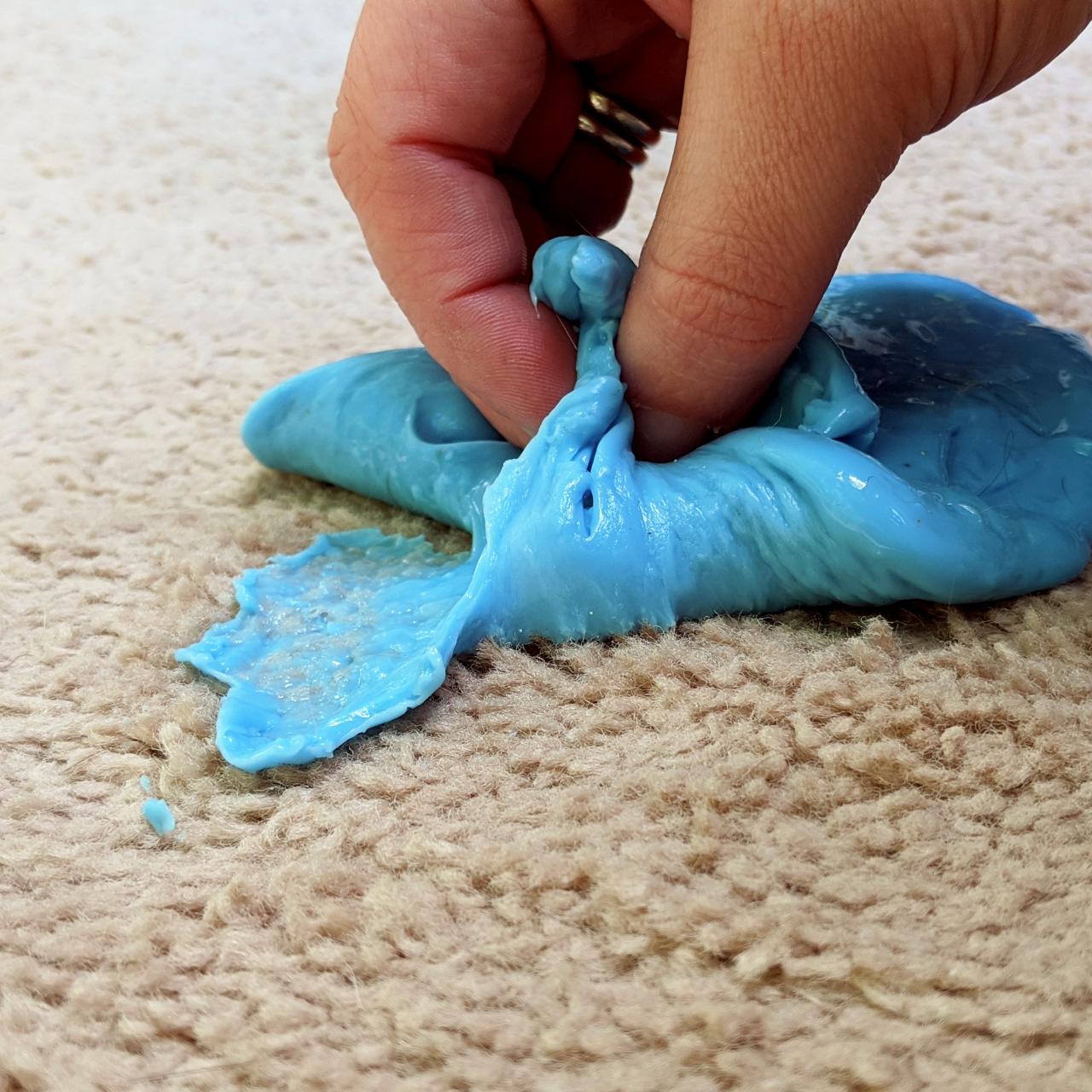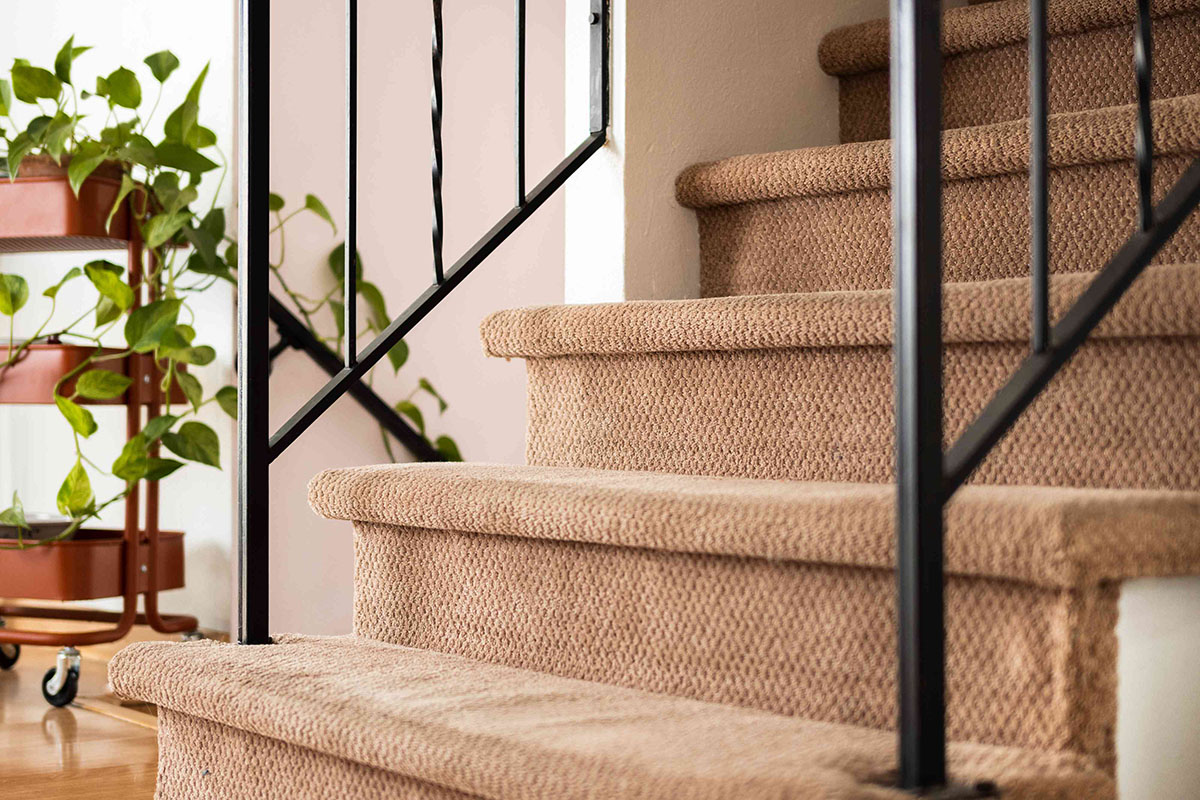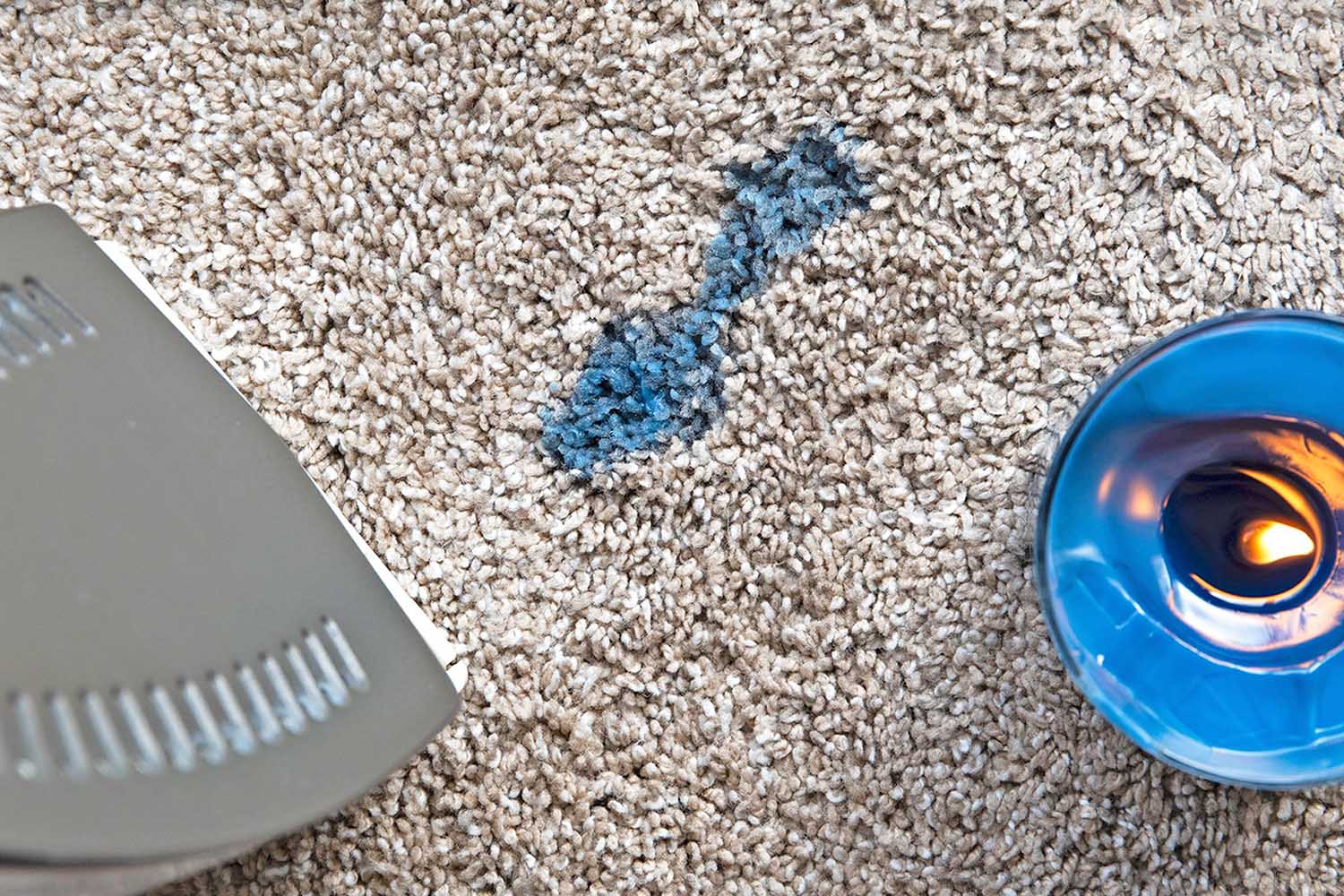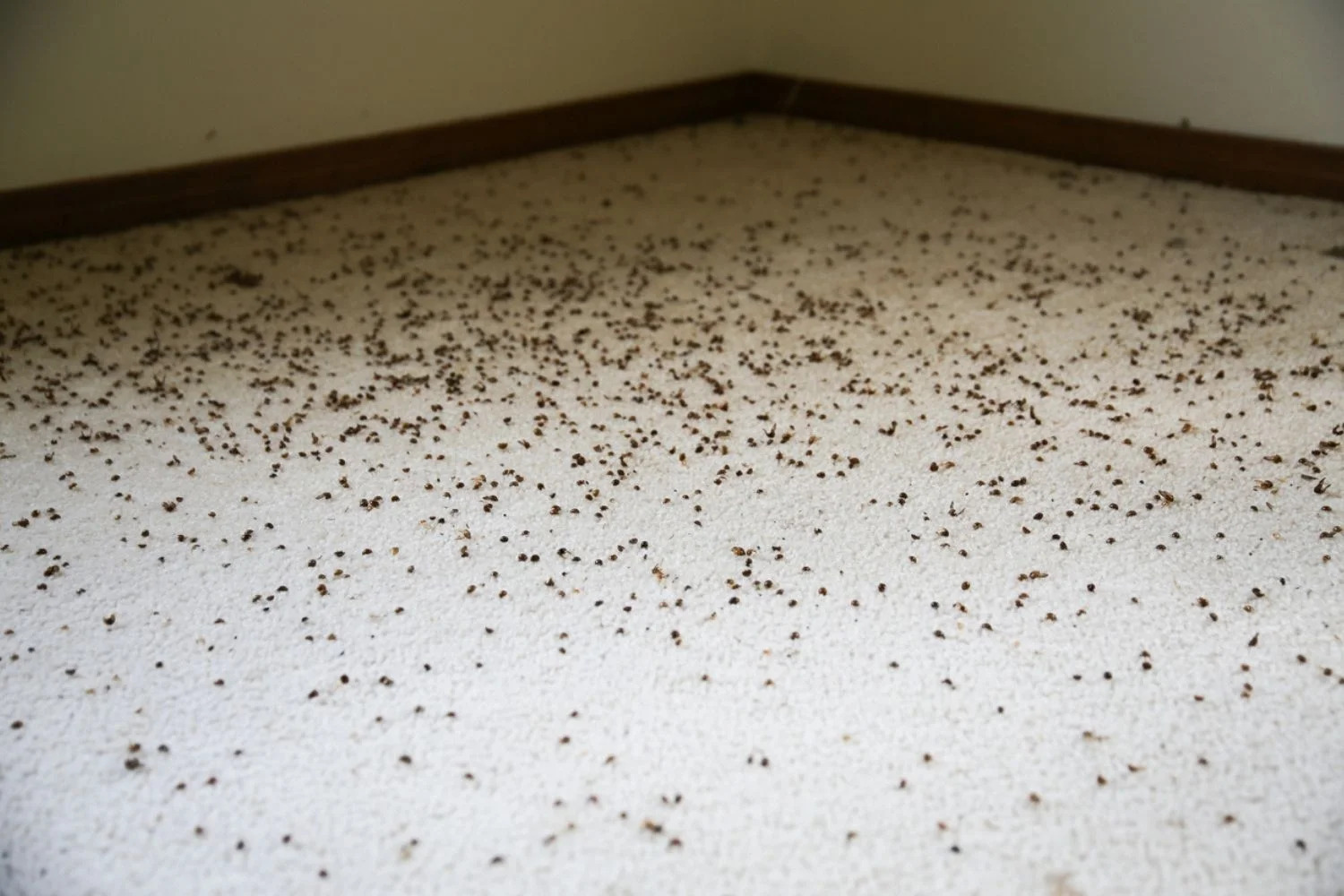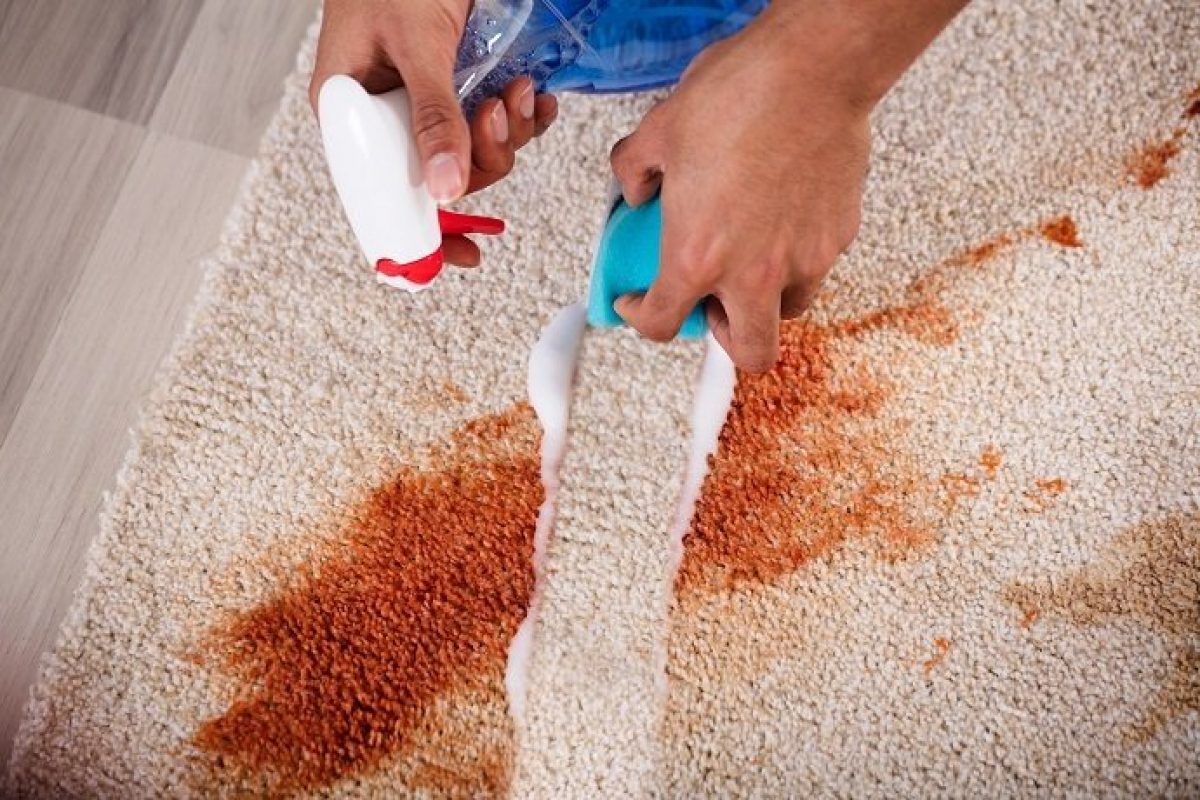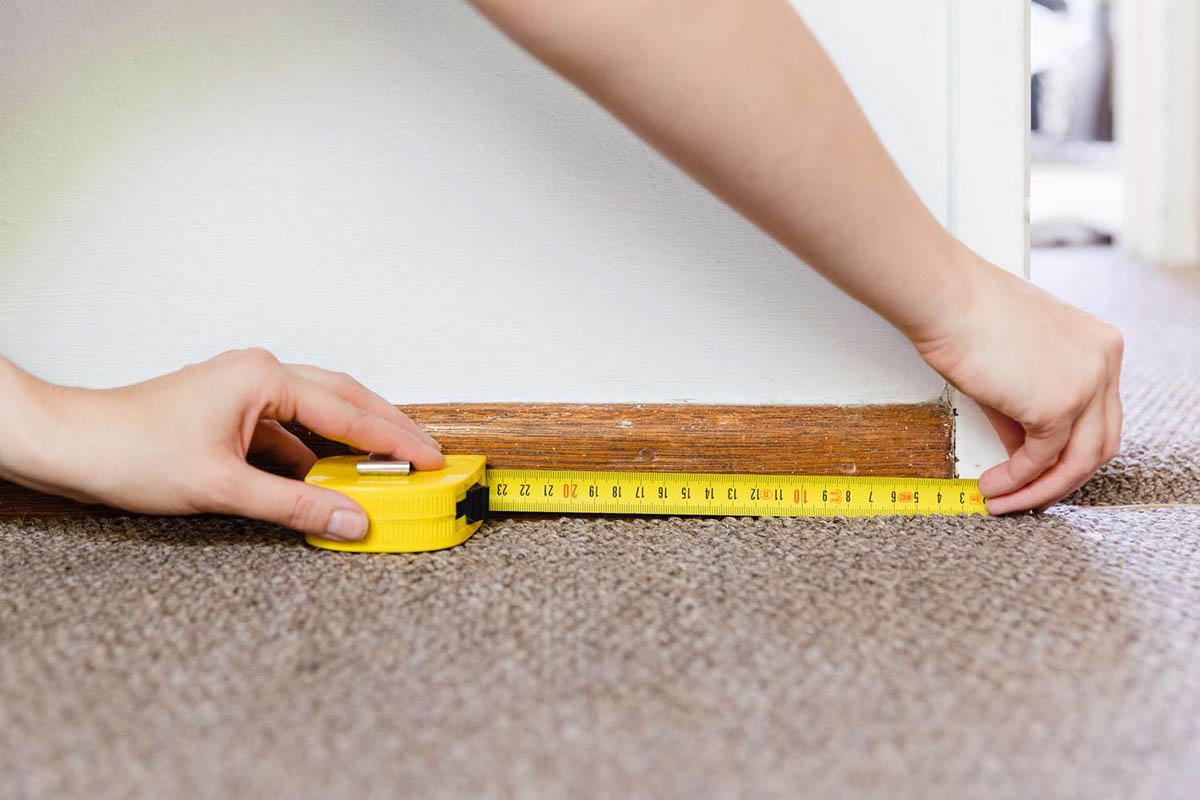

Articles
How Do You Measure Carpet
Modified: January 9, 2024
Looking for articles on how to measure carpet? Learn the best techniques and tips for accurately measuring carpet in our comprehensive guide.
(Many of the links in this article redirect to a specific reviewed product. Your purchase of these products through affiliate links helps to generate commission for Storables.com, at no extra cost. Learn more)
Introduction
When it comes to installing carpet, one of the most crucial steps is accurately measuring the area in which it will be laid. Whether you’re replacing old carpeting or installing new flooring, knowing how to measure carpet properly is essential for ensuring you purchase the correct amount of carpet and avoid costly mistakes.
Measuring carpet involves taking into account various factors, including the size and area of the room, the type and style of carpet you choose, as well as practical considerations such as durability, maintenance, and budget. In this article, we will explore the different factors to consider when measuring carpet and provide you with a step-by-step guide to help you accurately measure your carpet needs.
Key Takeaways:
- Accurate carpet measurement is essential for successful installation. Consider factors like size, type, and maintenance needs. Use appropriate methods, tools, and tips to ensure precise measurements and a seamless carpeting experience.
- Consulting with experts and considering professional measurement services can enhance accuracy. Accounting for waste and seams and taking precise measurements are crucial for a successful carpet installation.
Read more: How Do You Lower Blinds With A String
Factors to Consider
Before diving into the measuring methods and tools, it’s important to understand the factors that can affect your carpet measurement. By considering these factors, you can make informed decisions and ensure you purchase the right amount of carpet for your space.
Size and Area
The size and area of the room or space where you plan to install carpet will be a significant factor in determining the amount of carpet you need. Measure the length and width of the room and, if applicable, any additional areas such as closets or alcoves. Additionally, consider any irregularly shaped areas that may require special attention during the measuring process.
Type and Style
The type and style of carpet you choose can also impact the measurement. Carpets come in varying widths, such as 12 feet or 15 feet, and the type of carpet, such as plush or loop, can affect the amount needed. Be sure to consult with the carpet manufacturer or retailer for guidance on measuring specific carpet types and styles.
Thickness and Density
The thickness and density of the carpet can also play a role in the measurement process. Thicker, more plush carpets may require additional yardage to accommodate for the added height. Consider the level of comfort and cushioning you desire when selecting a carpet and adjusting the measurement accordingly.
Read more: How Do You Clean Honeycomb Blinds
Durability and Lifespan
Another factor to consider is the durability and lifespan of the carpet. If you’re installing carpet in a high-traffic area or an area prone to spills and stains, you may want to consider purchasing additional carpet to have on hand for future repairs or replacements. This additional consideration will help ensure you have enough carpet to maintain a consistent look and quality over time.
Price and Budget
Your budget will naturally play a role in measuring carpet. Knowing the price per square foot or yard of your chosen carpet will help you calculate the cost of the entire project accurately. Additionally, consider any installation costs or additional materials needed, such as padding or adhesives, when determining your budget and measuring requirements.
Maintenance and Cleaning
Finally, consider the maintenance and cleaning requirements of the carpet. Certain carpet fibers or styles may require more frequent cleaning or special care, which could impact the amount of carpet needed. If you anticipate the need for regular cleaning or expect heavy wear and tear, it may be wise to purchase additional carpet for future replacements.
By taking these factors into account, you will have a better understanding of the specific considerations and requirements for measuring your carpet accurately. With this knowledge, you can proceed confidently to the next steps and ensure a successful carpet installation.
Key Takeaways:
- Accurate carpet measurement is essential for successful installation. Consider factors like size, type, and maintenance needs. Use appropriate methods, tools, and tips to ensure precise measurements and a seamless carpeting experience.
- Consulting with experts and considering professional measurement services can enhance accuracy. Accounting for waste and seams and taking precise measurements are crucial for a successful carpet installation.
Read more: How Do You Lower Blinds With A String
Factors to Consider
When it comes to measuring carpet, there are several important factors to consider. These factors will help you determine the amount of carpet you need and ensure that your installation is successful. Let’s take a closer look at each factor:
Size and Area
The size and area of the room or space where you plan to install carpet will play a crucial role in measuring the carpet. Measure the length and width of the room accurately, taking into account any irregularly shaped areas or additional spaces like closets or alcoves. These measurements will help you calculate the total square footage or linear footage needed for your carpet installation.
Type and Style
The type and style of carpet you choose will also impact the measurement process. Carpets come in various types, such as plush, Berber, or loop, and styles like solid, patterned, or textured. Each type and style may have different width options, such as 12 feet or 15 feet. Be sure to check with the carpet manufacturer or retailer for specific measuring guidelines based on the type and style of carpet you select.
Thickness and Density
The thickness and density of the carpet will affect the measurement as well. Thicker carpets, such as those with a plush or shaggy texture, may require additional yardage to accommodate the extra height. Similarly, denser carpets, which have more fibers per square inch, may also impact the measurement. Consider the level of comfort and cushioning you desire when selecting a carpet and adjust the measurement accordingly.
Read more: How Do You Clean Honeycomb Blinds
Durability and Lifespan
Considering the durability and lifespan of the carpet is crucial when measuring. If you’re installing carpet in high-traffic areas or places prone to spills and stains, you may want to account for potential future repairs or replacements. Purchasing additional carpet can ensure a consistent look and quality over time, especially if the chosen carpet has a limited lifespan or if you anticipate heavy wear and tear.
Price and Budget
It’s essential to consider your budget when measuring carpet. Knowing the price per square foot or yard of your chosen carpet will help you calculate the overall cost accurately. Additionally, factor in any installation costs or additional materials required, like padding or adhesives, when determining your budget and measuring requirements. This will ensure that you stay within your budget while ensuring you have enough carpet for your space.
Maintenance and Cleaning
Finally, consider the maintenance and cleaning requirements of the carpet. Different carpets may have specific cleaning recommendations or require more frequent cleaning. Some carpet fibers may be more resistant to stains or easier to clean than others. If you anticipate the need for regular cleaning or expect heavy use, it’s a good idea to purchase additional carpet for potential future replacements.
By taking into account these factors, you will have a thorough understanding of what to consider when measuring your carpet accurately. This knowledge will help you make informed decisions and ensure a successful carpet installation that meets both your aesthetic preferences and your practical needs.
Measuring Methods
When it comes to measuring carpet, there are several methods you can use depending on the type of carpet and the shape of the area you are measuring. Understanding these measuring methods will help you obtain accurate measurements and ensure that you purchase the correct amount of carpet. Let’s explore the three primary measuring methods:
Square Footage Measurement
One of the most common and straightforward methods for measuring carpet is by calculating the square footage. This method is suitable for rooms that have regular shapes, such as rectangles or squares. To measure using square footage, start by measuring the width and length of the room in feet using a tape measure. Multiply the width by the length to calculate the total square footage. Make sure to add a few extra inches to account for potential cutting and trimming. Round up the final number to the nearest whole number to ensure you have enough carpet to cover the entire space.
Read more: How Do You Measure A Ceiling Fan Size
Linear Foot Measurement
In some cases, a linear foot measurement may be more appropriate. This method is commonly used when measuring carpet for hallways, staircases, or spaces with irregular shapes. To measure using linear feet, you will need a measuring tape or a ruler. Start by measuring the length of the area you plan to carpet in feet. Round up the measurement to the nearest whole foot. For example, if the length is 12 feet and 6 inches, round it up to 13 feet. Remember to add a few extra inches for cutting and trimming. This measurement will help you determine how much carpet you need by the linear foot.
Carpet Tile Measurement
If you are considering using carpet tiles instead of traditional carpet rolls, the measurement method will differ slightly. Carpet tiles are pre-cut squares or rectangles of carpet that are usually 12 inches by 12 inches or 18 inches by 18 inches. To measure for carpet tiles, measure the length and width of the area in feet, just as you would for square footage measurement. Divide the total square footage by the area of a single carpet tile to determine the number of tiles needed. Remember to round up the final number to account for spare tiles in case of damage or future replacements.
By understanding and utilizing these measuring methods, you will have the tools and knowledge necessary to accurately measure your carpet needs. Whether you are measuring for a standard room, an irregularly shaped area, or considering carpet tiles, these methods will ensure that you purchase the right amount of carpet for a successful installation.
Tools and Equipment
When it comes to measuring carpet, having the right tools and equipment is essential. These tools will help you obtain accurate measurements and ensure a successful carpet installation. Let’s explore the four key tools and equipment you may need when measuring carpet:
Tape Measure
A tape measure is an essential tool for accurately measuring the dimensions of the area where you plan to install carpet. It allows you to measure both length and width, providing the necessary dimensions for calculating square footage or linear footage. Choose a tape measure with clear markings and a locking mechanism to keep your measurements in place while you record them. A tape measure that measures in both feet and inches is recommended for flexibility and accuracy.
Read more: How Do You Make Carpet Freshener
Marker or Chalk
Having a marker or chalk on hand is useful for marking points or lines on the floor during the measuring process. When measuring for square footage or linear footage, you may need to mark the starting and ending points or create guidelines for accurate measurements. A marker or chalk that can be easily wiped off or removed is ideal to avoid any permanent markings on the floor.
Calculator
A calculator is a handy tool for performing calculations when measuring carpet. You will need to calculate square footage, linear footage, or the number of carpet tiles needed based on the measurements you obtain. A calculator will help you quickly and accurately perform these calculations without any room for errors. Make sure you have a calculator with basic arithmetic functions, and consider using a calculator app on your smartphone if you don’t have a physical calculator available.
Cutting Tools
Having the right cutting tools on hand is crucial for accurately installing the carpet. Depending on the type of carpet you choose, you may need various cutting tools such as a utility knife, carpet knife, or shears. These tools will allow you to trim the carpet to fit the exact dimensions of the space, ensuring a seamless and professional-looking installation. Follow the manufacturer’s guidelines and safety precautions when using cutting tools to prevent any accidents or damage to the carpet.
By having these essential tools and equipment ready, you can approach the carpet measuring process with confidence. With a tape measure to obtain accurate measurements, a marker or chalk for marking reference points, a calculator to perform the necessary calculations, and the appropriate cutting tools for the installation, you’ll be well-equipped to measure your carpet and ensure a successful outcome.
Step-by-Step Guide to Measure Carpet
Measuring carpet accurately is essential for ensuring you purchase the right amount of carpet and have a successful installation. Follow this step-by-step guide to measure your carpet needs:
Read more: How Do You Clean Outdoor Carpet?
1. Preparing the Area
Before you begin measuring, ensure that the area where the carpet will be installed is clear and free of any obstacles. Remove any furniture, rugs, or items that may obstruct accurate measurements. It is important to have a clear and unobstructed space to get precise dimensions for your carpet.
2. Measuring for Square Footage
If you plan to measure your carpet in square footage, start by measuring the width and length of the room using a tape measure. Measure from wall to wall, taking into account any alcoves or closets. Make sure to measure at the widest points of the room. Multiply the width by the length to calculate the total square footage. It is recommended to add a few extra inches to account for any cutting, fitting, or future adjustments. Round up the final square footage to the nearest whole number to ensure you have enough carpet to cover the entire area.
3. Measuring for Linear Footage
In some cases, a linear footage measurement may be more appropriate. Measure the length of the area in feet using a tape measure. If the space has irregular shapes or your carpet follows along a straight line, a linear footage measurement can be useful. Round up the measurement to the nearest whole foot and add a few extra inches for trimming. This measurement will help determine how much carpet you need in terms of linear footage.
4. Measuring for Carpet Tiles
If you decide to use carpet tiles instead of traditional carpet rolls, measure the length and width of the area in feet just as you would for square footage measurement. Divide the total square footage by the area of a single carpet tile to determine the number of tiles needed. Remember to round up the final number to account for potential damage or replacements in the future.
By following these step-by-step instructions, you can obtain accurate measurements of the area and calculate the amount of carpet required for your installation. Taking the time to measure properly will help you ensure a seamless and successful carpet installation.
Read more: How Do You Measure Carpet For Stairs
Tips and Considerations
When it comes to measuring carpet, there are a few important tips and considerations to keep in mind. These tips will help you achieve more accurate measurements and ensure a successful carpet installation. Let’s explore some key considerations:
Accounting for Waste and Seams
It’s crucial to account for waste and seams when measuring for carpet. Calculating a bit of extra carpet for waste and appearing seams is essential to ensure you have enough material to cover the entire area. This additional allowance will help you account for any cutting errors, fitting adjustments, or future repairs. Adding 10% to 15% to your measurement can provide the necessary buffer for waste and seams.
Professional Measurement Services
If you are unsure about measuring carpet on your own or have a complex installation area, it may be worth considering professional measurement services. Professional carpet installers are experienced in accurately measuring carpet and can provide precise measurements based on the specific layout and requirements of your space. They can also offer valuable advice and recommendations to ensure that you purchase the correct amount of carpet for your needs.
Taking Accurate Measurements
When measuring for carpet, accuracy is key. Use a sturdy tape measure and ensure it is straight and level when taking measurements. Double-check your measurements to avoid any mistakes that could result in an incorrect calculation or inadequate amount of carpet. It may be helpful to have someone assist you during the measuring process to hold the tape measure at one end or help hold straight lines for larger areas.
Read more: How Do You Get Carpet Beetles
Consultation with Carpet Retailers
Consider consulting with carpet retailers or manufacturers when measuring for carpet. They can provide guidance on specific requirements for different types and styles of carpet. They may have additional recommendations for measuring irregular spaces or unique installation areas. Discussing your needs with the experts can help ensure that you receive accurate and tailored information for your project.
By keeping these tips and considerations in mind, you can approach the carpet measuring process with confidence. Accounting for waste and seams, considering professional measurement services, taking accurate measurements, and consulting with carpet retailers will help you obtain precise measurements and ensure a successful carpet installation that meets both your aesthetic and practical needs.
Conclusion
Accurately measuring carpet is a crucial step in ensuring a successful installation. By considering factors such as size and area, type and style, thickness and density, durability and lifespan, price and budget, and maintenance and cleaning, you can make informed decisions and determine the amount of carpet you need. Using the appropriate measuring methods such as square footage measurement, linear footage measurement, or carpet tile measurement, along with the right tools and equipment like a tape measure, marker or chalk, calculator, and cutting tools, will help you obtain accurate measurements. Additionally, taking into account tips and considerations such as accounting for waste and seams, considering professional measurement services, taking accurate measurements, and consulting with carpet retailers will further enhance the accuracy and success of your carpet measurement process.
Remember, measuring carpet is not just about numbers; it’s about ensuring a beautiful and functional space. Whether you’re replacing old carpeting or installing new flooring, taking the time to measure properly will help you avoid costly mistakes and ensure that you have the right amount of carpet for your specific needs. By following the step-by-step guide and considering the factors mentioned, you’ll be well-prepared to measure your carpet accurately and confidently.
So, before you embark on your carpet installation project, take the time to measure carefully, consult with experts, and consider all the relevant factors. With proper measurements in hand, you can confidently purchase the right amount of carpet, ensuring a seamless and visually pleasing result that will transform your living space. Happy carpeting!
Frequently Asked Questions about How Do You Measure Carpet
Was this page helpful?
At Storables.com, we guarantee accurate and reliable information. Our content, validated by Expert Board Contributors, is crafted following stringent Editorial Policies. We're committed to providing you with well-researched, expert-backed insights for all your informational needs.
